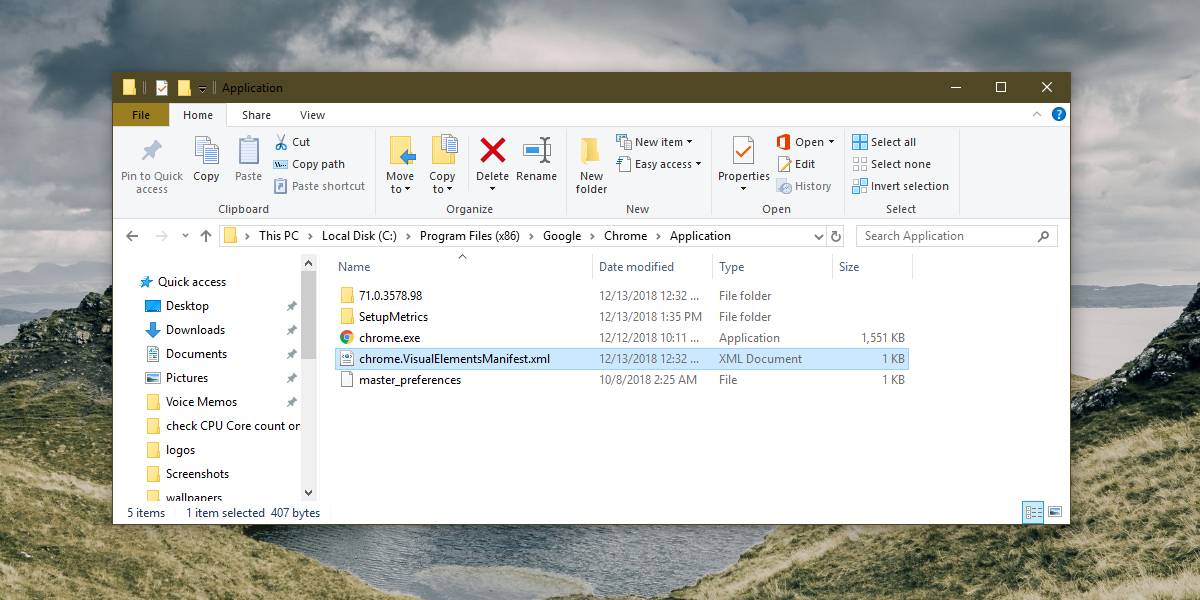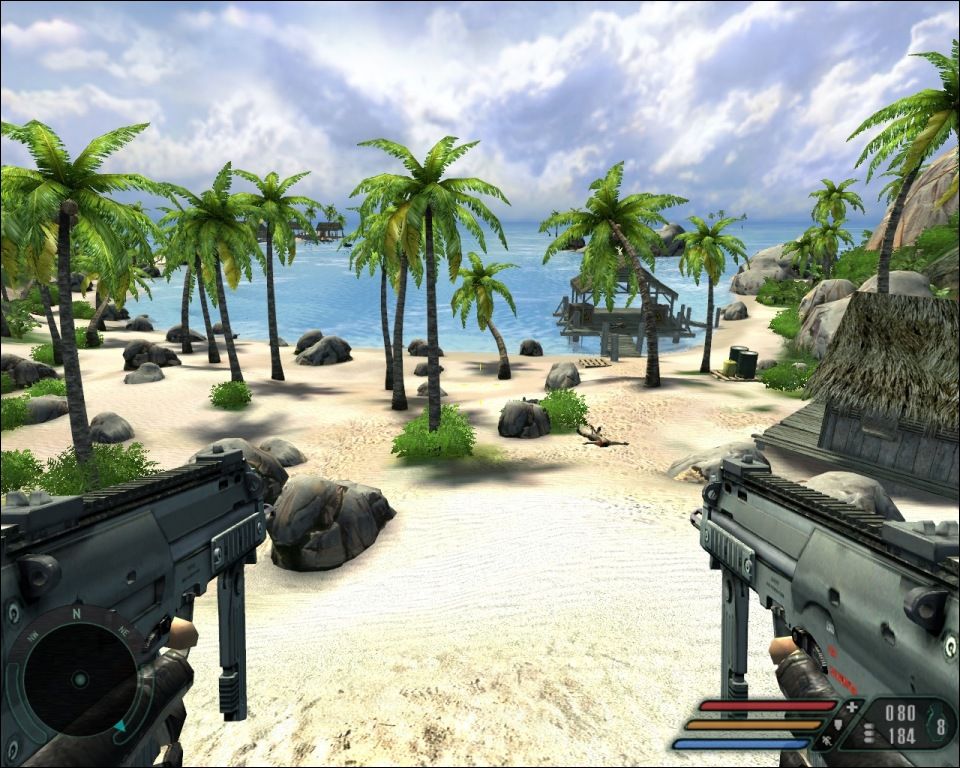


Part of an unstable hill collapsed, sending mud and debris across the North Fork of the Stillaguamish River and inundating the Steelhead Haven residential neighborhood. and 10:41 PDT, two mudslides unleashed massive destruction in an unincorporated area four miles east of Oso, Wash. Let primary news organizations help you get that story out there. And because most media outlets follow social media generated by local jurisdictions, you’ll be hitting two birds with one stone. Tweet it, post on Facebook, perhaps even Insta- gram it, and you’re bound to reach thousands of people quickly. But today, the swiftest way to reach the public is via social media. In even older days, you may have called the newspapers. In the old days, you might pick up the phone and call the TV news stations.

How can you get breaking news to them as quickly as possible? Suddenly, the worst happens: An unexpected disaster strikes and an emergency situation ensues. You’re a communications professional for a jurisdiction, in charge of providing useful information to the public that keeps them updated on local events, extreme weather, road alerts, poli- cies and pertinent news. It’s a medium whose popularity and efficacy during emergencies will continue to ebb, flow and evolve - but for the foreseeable future, it’s a tool no public entity can afford to do without. The 2010 earthquake in Haiti put social media into the limelight as a critical emergency management, volunteer recruitment and fundraising tool.ĭuring and after Hurricane Sandy in 2012, users sent more than 20 million Sandy-related Twitter posts, according to FEMA, and during the 2013 Boston Marathon bombings, one quarter of Americans searched Facebook, Twitter and other social networking sites for information. But usage picked up quickly towards the end of the decade. Hurricane Katrina in 2005 didn’t benefit from social media either. There was no social media around during the 2001 World Trade Center and Pentagon attacks. But social media has only come into its own as a powerful tool for information dissemination during disasters in the last couple of years, usually the first stop for media and audiences alike because it is the fastest - although not always the most accurate - way to spread news the furthest.Ĭertain disasters and emergencies even in our recent past were not featured heavily on social media, given the newness of the medium. It connects and informs people quickly - the go-to source for immediate insight. Social media has become the most popular means of personal communication during the last decade. Social Media: Emergency Communications’ Best Ally


 0 kommentar(er)
0 kommentar(er)
